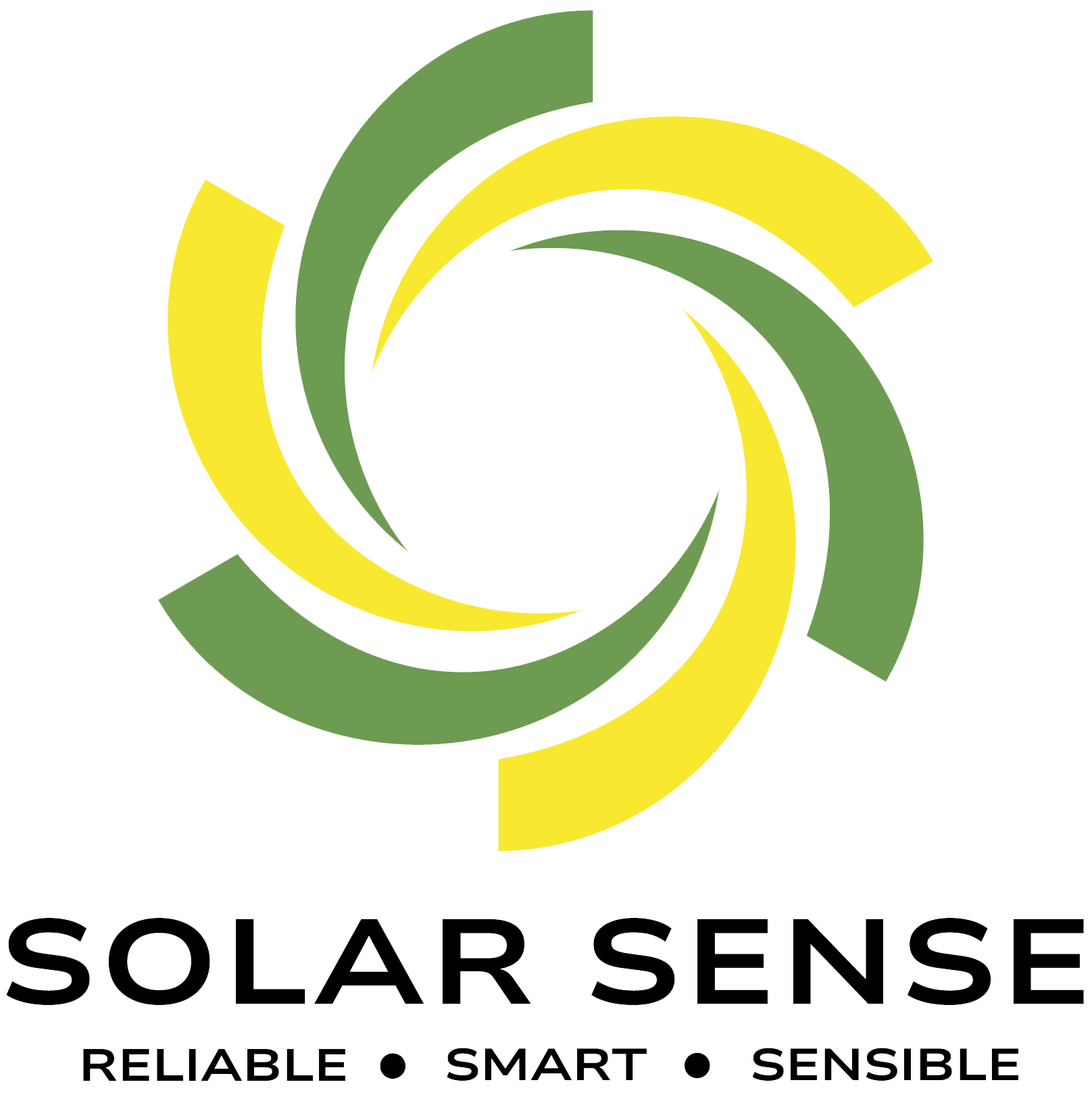Solar panels convert solar energy into usable electricity at a certain percentage. It is influenced by factors like quality of PV cells, environmental impact, and the efficiency gap between monocrystalline and polycrystalline modules. Improve solar panel efficiency that helps make PV technology cost-competitive.
What is solar panel efficiency?
Solar panel efficiency refers to the amount of sunlight that is converted into electricity by a solar panel. With advancements in photovoltaic technology, the average panel conversion efficiency has increased from 15% to over 23%, resulting in a power rating of a standard-size panel increasing from 250W to over 450W. Two main factors determine solar panel efficiency: photovoltaic cell efficiency and total panel efficiency.
Solar panels consist of multiple silicon solar cells, which determine their overall efficiency rating. Most commercially available solar panels have an efficiency of less than 23%, with an average range of 15% to 20%. SunPower and Canadian Solar currently top the industry with 22.8% efficient panels. Fossil fuel power plants cannot match the free energy input and zero emissions of solar cells. This equipment can reach efficiency levels of around 60%, but it requires energy input and continuously emits pollutants.
What is the formula for solar panel efficiency?
Here is the solar panel efficiency equation to calculate the approximate efficiency of a solar panel, as a percentage:

Now let’s learn how solar panel efficiency is calculated:
The efficiency of a solar panel is a matter of area, not power. A 10% efficient 100W panel and a 20% efficient 100W panel will both produce the same amount of power, but the 20% efficient panel should be half the total size of the 10% efficient panel. To find the panel’s efficiency, compare the power the sun delivers to the panel with the electricity the panel generates. The theoretical maximum efficiency of a solar cell made from ideal material is 33.7%, known as the Shockley-Quiesser limit.
Multi-layered solar cells can exceed this limit in lab conditions but are harder to manufacture and more expensive. For silicon solar cells, the theoretical limit is about 32%, as silicon is not a perfect solar cell material. The efficiency of a panel as a whole will always be lower than its component cells due to the frame, reflective metal contacts, and gaps between the cells. To calculate the maximum efficiency of a solar panel, divide the ratio of panel power to sun power by the area of the panel in square meters and times by 100 to get a percentage.
Factors that Degrade Solar Panel Efficiency
Types of solar panels
- Monocrystalline solar cells
- Polycrystalline solar cells
Environmental Impact Affecting Solar Cell Efficiency
Factors such as shade, dirt, and dust can reduce solar panel efficiency. While sunlight can pass through clouds, some light does not. Solar modules are self-cleaning, but heavy dust storms may require cleaning. Winter weather doesn’t necessarily lower efficiency, as solar panels function better when cooler. Snow is another area of confusion, as a thin layer doesn’t significantly impact efficiency.
Internal factors
Solar cell efficiency is influenced by two main components: reflectance efficiency and thermodynamic efficiency. Reflectance efficiency is determined by the amount of sunlight reflected back, with less reflecting cells being better. Advanced solar cell construction can reduce reflectance to 1-2%. Thermodynamic efficiency is the maximum efficiency possible, with the limit being around 86%. To improve thermodynamic efficiency, multi-junction or tandem solar cells can be constructed.
Factors that reduce Conversion Efficiency
Solar cells are far from perfect at converting sunlight into electricity. A significant portion is lost when they capture light energy. To improve efficiency, designers must consider several limitations inherent to solar cell construction. By understanding these factors and mitigating their effects, efficiencies can be steadily increased.
1. Wavelength
Light, composed of photons with varying wavelengths, reaches the earth’s surface through sunlight. Solar cells absorb some photons, some of which turn into heat, while others separate electrons from their atomic bonds, producing charge carriers and electric currents. The photons reflect the remaining light.
2. Recombination
In semiconductors, electric current flows through a “charge carrier” (negative-charged electron) and a “hole” (no electron) that recombines. Direct recombination reverses the electricity generation process in solar cells, while indirect recombination occurs when electrons or holes encounter impurities or defects in the crystal structure, allowing them to recombine and release energy as heat. Direct recombination is a fundamental factor limiting efficiency in solar cells.
3. Temperature
Solar cells operate optimally at low temperatures, as higher temperatures can cause semiconductor properties to shift, damage cells, and shorten their lifespans, necessitating proper thermal management.
4. Reflection
By using anti-reflection coatings and textured surfaces, and minimizing light reflection, solar cells enhance their efficiency, resulting in dark blue or black cells.
Our Address and Contact Information
Visit us at our convenient location in Azadpur:
- Solar Sense
- 13 Main GT Road, Azadpur, Delhi-110033
- Contact Number: +91-8130025257
- Email: info@solarsense.in
Get in touch with Azadpur
Ready to make the switch to Solar Panels? Contact Solar Sense today to schedule a consultation and find out how we can help you harness the power of the sun.
- Phone: +91-8130025257
- Email: info@solarsense.in
Stay connected with us for the latest updates and offers on our solar solutions.

